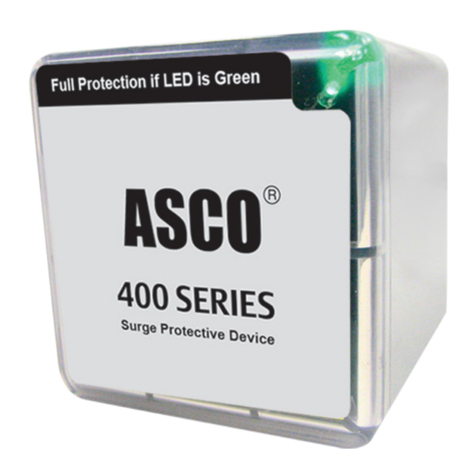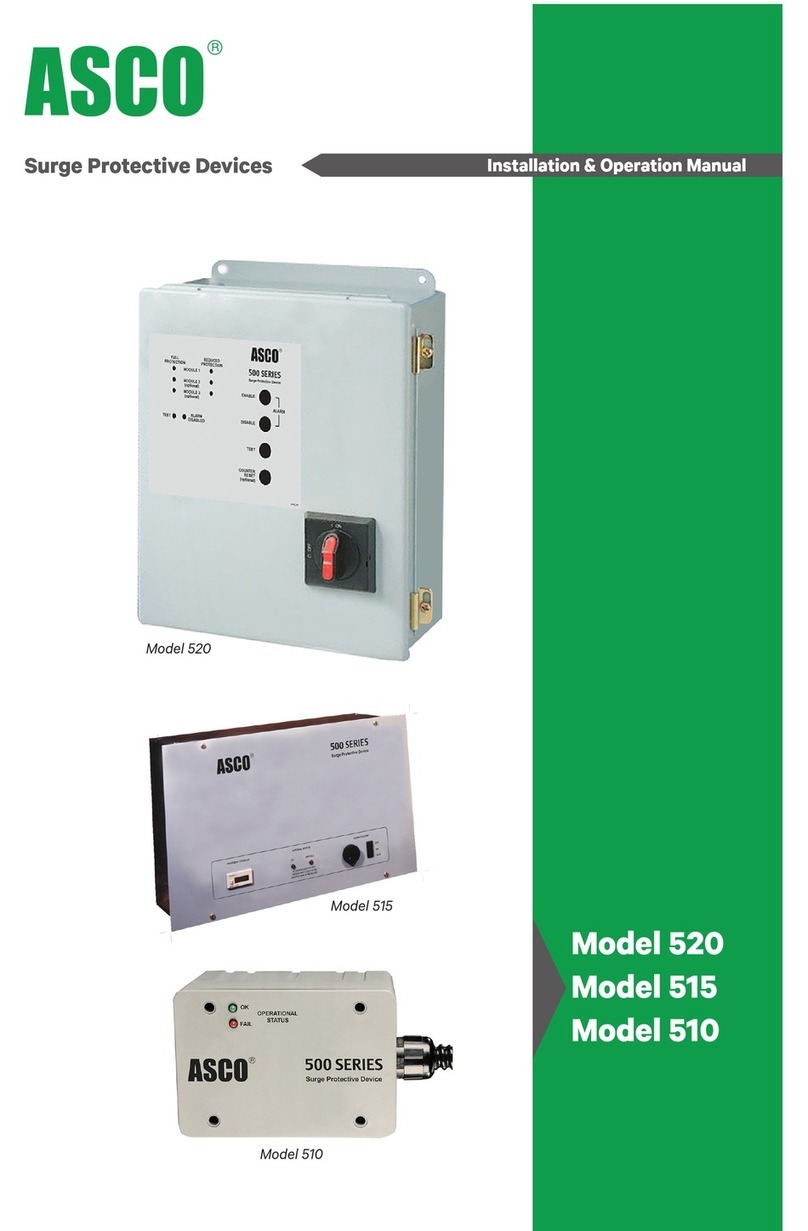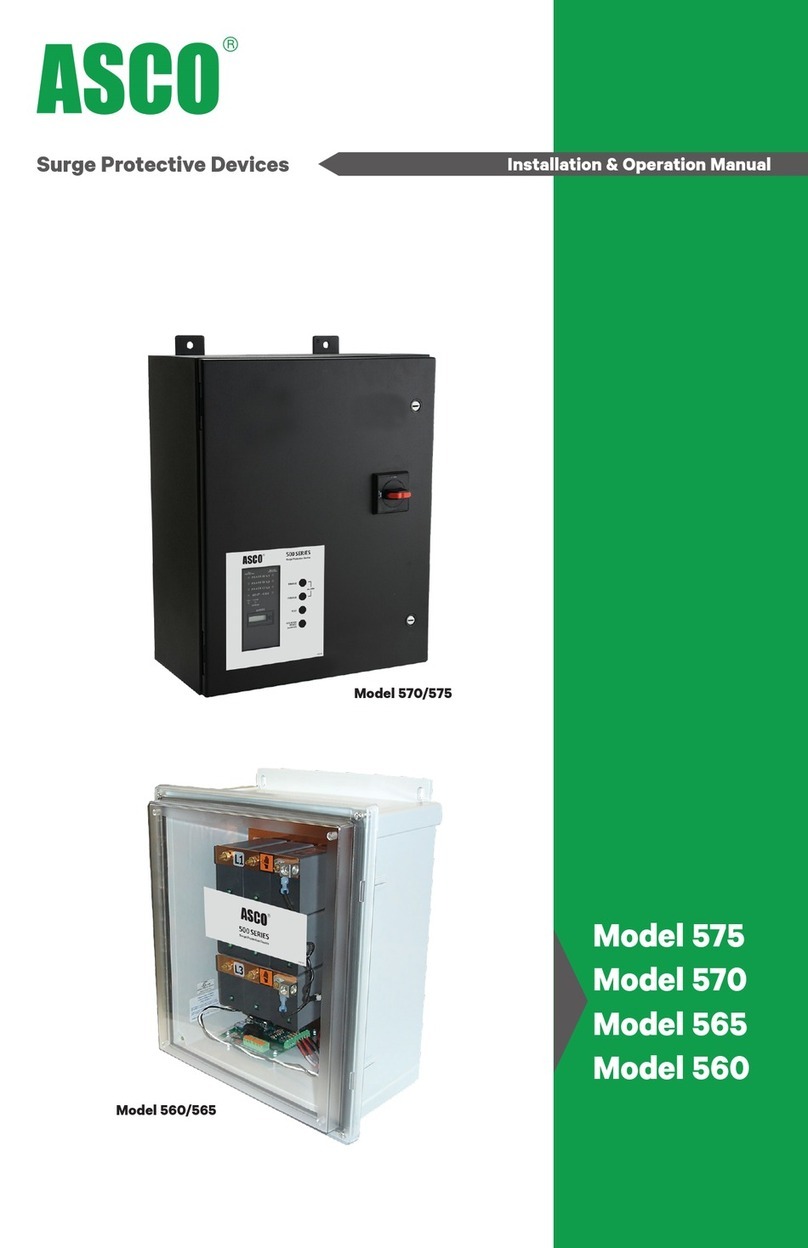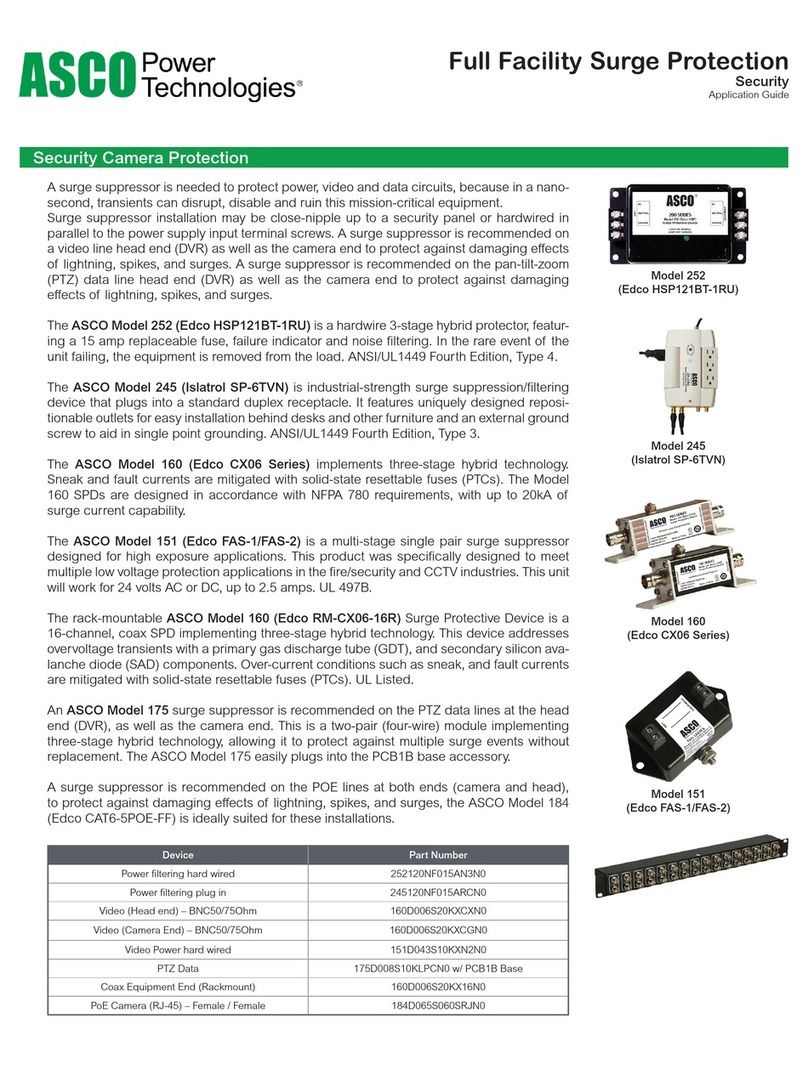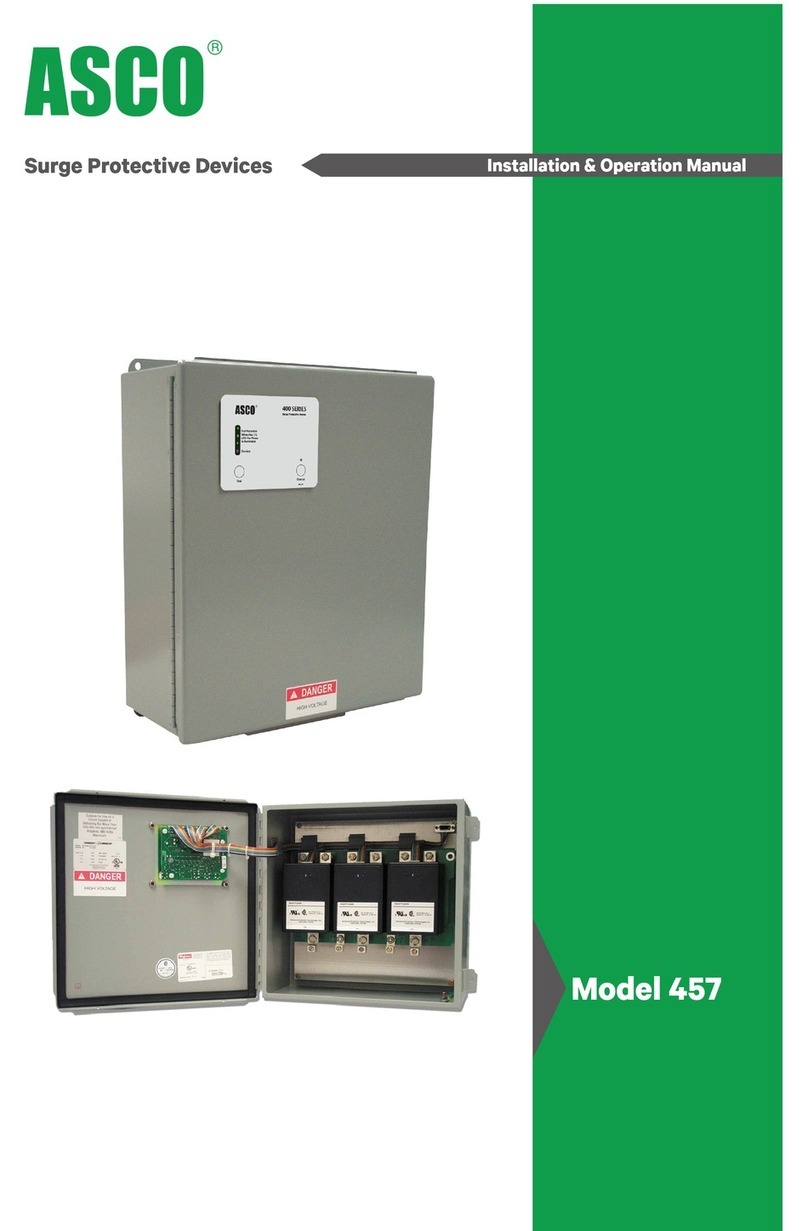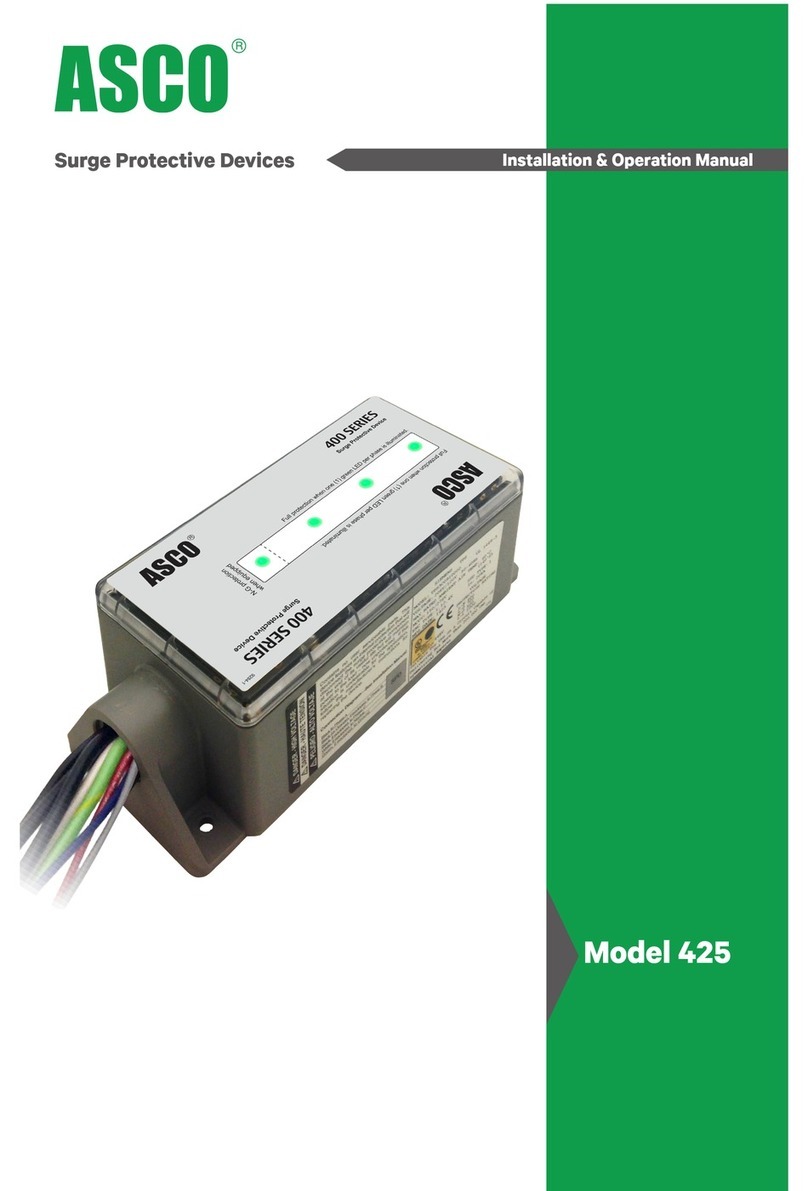
Safety Considerations ASCO 4900 Outdoor Resistive Load Bank • Part Number 1251794
1-2
4. Replace any burned out bulbs on the Control Panel. Each lamp is an indication that a system
is active or has failed and is important to the operation of the Load Bank and safety of the
operator.
5. Maintenance personnel must always exercise caution when the access panels are removed.
Personal injury from electrical shock or from the moving blower blades may result if all
sources of power are not disconnected before servicing. Maintenance work must be done
only by qualified personnel.
6. The Load Bank must be used in a cool, well ventilated area as described in the
INSTALLATION section of this manual. Do not allow exhaust air to recirculate through the
Load Bank.
7. Venting the heated air from the exhaust toward overhead cables, sprinkler systems, or into a
room with insufficient volume or "Make-Up" air is a potential hazard. The Load Banks
should be used in a cool, well ventilated area.
8. Allow cool room air to pass into the unit to cool the elements. Do not allow the unit to be
placed where hot exhaust air can recirculate back through the unit causing a constant rise in
cooling air temperature.
9. After running a load test, residual heat may be removed fromthe Load Bank by allowing the
blower to operate for a few minutes after the load is removed. This procedure is not required
for maintaining Load Bank integrity, but it may guard operating personnel from possible
burn injuries.
10. The operator should avoid coming in contact with the resistor elements or surrounding
covers during and for some time after operation. These portions of the Load Bank become
quite hot and may result in a serious burn should contact be made with them.
11. Do not allow objects to enter or block the air intakes or exhausts of the Load Bank. A
blockage would cause Load Bank overheating. If an object enters the screens, it will cause
damage to the resistor elements, possibly shorting them and causing shock and/or fire
hazards.
12. Consideration should be given to mounting surface material due to hot air exhaust.
13. Operators must not operatethe Load Bank with the access panels or screens removed. To do
so would expose the operator and other persons to possible personal injury from electrical
shock or from the moving fan blades.
14. Emergency Shutdown Procedure
A. In an emergency, press the STOP/RESET button located on the remote control panel,
this will disconnect both the load steps and fan/motor.






